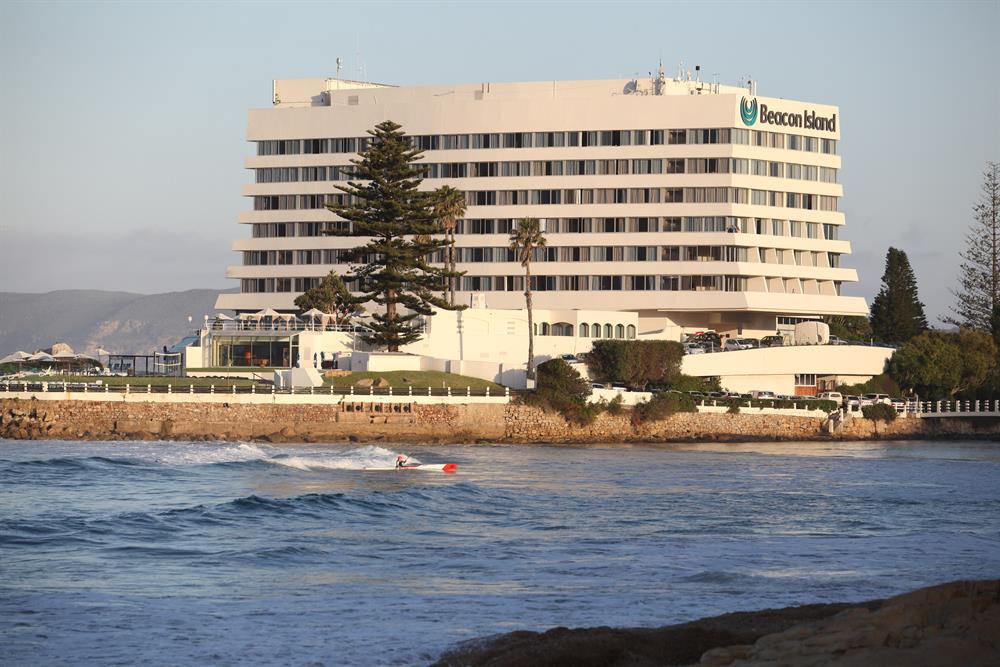PLETTENBERG BAY NEWS - Plettenberg Bay is rich with history, whether it's visible to the naked eye or not, and courtesy of the Van Plettenberg Historical Society, we revisit that history.
Baron Joachim van Plettenberg was acting governor of the Dutch Cape Colony between 1750 and 1774, preceded by Ryk Tulbagh and succeeded by Pieter van Rheede van Oudtshoorn. He made several tours to determine the borders of the Cape Colony and visited 47 outposts.
Among others, he erected a column for the Dutch East India Company (VOC) on 6 November 1778, the so-called Van Plettenberg Beacon. The placement of this beacon ultimately led to the establishment of Plett as we know it.
The Old Rectory
Plettenberg Bay's oldest surviving building was identified on a 1777 map as verblyf voor het volk (visitors' accommodation).
Navigational beacon
A navigational beacon was first erected on Beacon Island in 1771. The original was a square block of stinkwood, inscribed with the latitude and longitude of Plettenberg Bay, and erected to enable mariners to check their location. In 1881, a Captain Sewell replaced it with a stone beacon, which can be seen in the gardens of the current Beacon Isle Hotel.
Robberg Peninsula
The Robberg Peninsula is a national monument, nature reserve and marine protected area that lies about 8km south of Plettenberg Bay. Robberg's rocks date back to the early Cretaceous period (130-110 million years ago) and the earliest break-up of Gondwanaland - a prehistoric super-continent that split up into latter-day South America, Africa, Antarctica, India and Australia about 120 million years ago. The rocks at Robberg were deposited in the bed of this new African sea.

A short history of the Beacon Isle Hotel
The house was imported from Norway, and was occupied by project manager Captain Jacob Odland. It remained when whaling ceased, becoming Hopwood's boarding house, forerunner of the Angler's Inn; the first Beacon Island Hotel (single-storey); and later Southern Sun hotel.

First recorded European habitation in South Africa
In the winter of 1630, a large Portuguese ship, the São Gonçales, broke up in a severe storm while off Robberg Beach. All on board perished. About 100 others had been encamped on the beach, becoming South Africa's first recorded European inhabitants, who built small boats that enabled them to depart nine months later, but leaving porcelain and other relics that are now on permanent public display at the Bitou Municipality offices in Sewell Street.
Nelson Bay Cave
Receding sea levels of some 80 000 years ago exposed the cave now prized as an important archaeological site on Robberg peninsula. Early man used the cave over thousands of years, and archaeological investigation combined with solar-powered illumination reveals a remarkable story of successive (at times interrupted) periods of early habitation.
The Griqua settlement at Kranshoek
Kranshoek was founded in the early years of the 20th century by a group of Griqua trekkers under the leadership of Abraham le Fleur who had been displaced from their land in Kokstad. Le Fleur also founded the Griqua National Conference in 1904 and the Griqua Independent Church. A local monument, erected in 1942, celebrates the early Griqua pioneers.
'We bring you the latest Plettenberg Bay, Garden Route news'

















